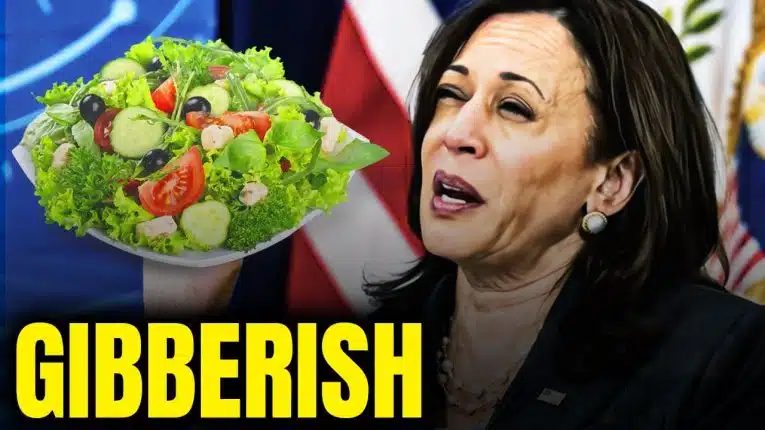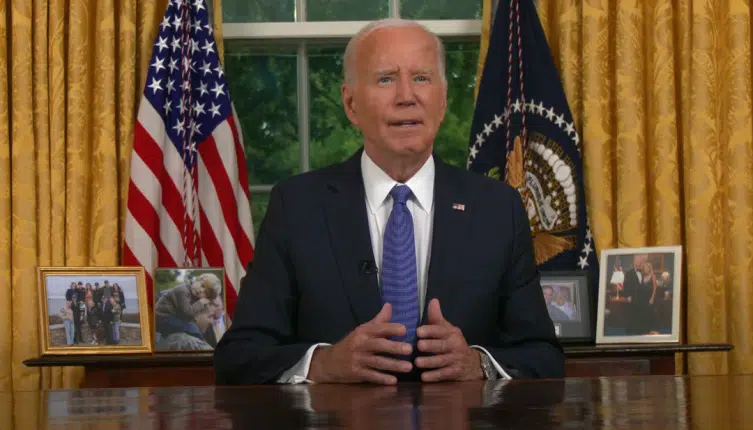On May 23, the U.S. House of Representatives passed HR 1911, legislation that purports to avert student loan interest rates doubling from 3.4 percent to 6.8 percent. The truth, as usual, in Washington, D.C., is always slightly more nuanced. The hike in interest rates does not apply to existing loans given at a fixed rate. Instead, it applies to new student loans that are given as of July 1.
For those new loans, it creates an adjustable interest rate that will instead go into effect next year. The bill pegs student loan rates to 10-year treasuries plus 2.5 percent, and then would adjust every year based on wherever treasuries are. It would cap rates at 8.5 percent.
So, if the legislation went into effect today, rates for new student loans would still rise, to 4.6 percent. Then, if government borrowing costs rise next year, student loan rates would rise. If interest rates fall for treasuries, then so would rates for student loans.
No market, no fix
Supporters call this approach “market-based” but there has been no private market for student loans since the government nationalized the system in 2010. Moreover, action by the Federal Reserve to purchase $55 billion of treasuries a month under QE3 has had the effect of driving interest rates lower — a market manipulation of the first order.
This supposed “fix” also will do little to reform higher education finance. Student loan interest rates will not be assessed on any sort of risk-based formula, for example on the likelihood that the loans will be repaid.
Financial aid offices will still not consider what a student’s major is, or what the likely income a student will be as a result of that concentration. They will not care if a student is in fine arts or women’s studies or engineering or medicine. They will continue to be highly lax with lending standards whether the student is failing everything or acing classes.
They will not even consider the current alarming rate of delinquency on student loans. A recent report by the Department of Education indicates that 11 percent of the 37 million Americans with student loan debt — which totals more than $1 trillion nationwide — are delinquent 90 days or more.
Nor will they consider the skyrocketing cost of higher education that, ironically, is fueled by unlimited government finance. When there are no lending standards for colleges, institutions can charge as much as they want — and Uncle Sam will finance it, no questions asked. If graduates or dropouts wind up broke and unemployed, it’s no skin off the university’s nose.
Therefore, under HR 1911 there will exist the same loose lending standards that created the current education bubble in the first place. Like today, everyone will still get the same treatment, a one-size-fits-all system — albeit with an adjustable rate.
Incentivizing low rates
But aren’t adjustable interest rate loans risky? Congressional Democrats have seized on this aspect of the proposal, citing a Congressional Research Report that suggests if interest rates were to normalize, student loans could rise even higher than if Congress did nothing. And, if 10-year treasuries were to rise higher than 4.3 percent, that would certainly be true.
Except, 10-year treasuries have not been that high since 2007. With Fed chairman Ben Bernanke pumping money the way he is into treasuries markets, coupled with keeping the Federal Funds Rate near zero for more than four years now, rates have plummeted across the board.
That may be the biggest problem with adjustable rate student loans. Suddenly, there emerges a political constituency — individuals who borrow money for college — for artificially low interest rates. This will place additional pressure on the central bank to keep rates low.
Of course, there already is an even more important constituency for such policies — Congress itself. For every interest point the Fed allows treasuries rates to rise, taxpayers will owe an additional $167 billion on the $16.7 trillion national debt. The thinking goes, with the debt growing more than 7 percent a year, since the government cannot afford for interest rates to rise with market forces, the Fed won’t let them.
At some point, inflation might compel the Fed to tighten monetary policy. But with the current economic slowdown, massive inflation seems unlikely in the near future, so the Fed appears more likely to repeat Japan’s experience. That, coupled with a continued weak economy, suggests the Fed could perpetually double down on quantitative easing.
College not all it’s cracked up to be
The greatest irony is that young Americans might actually be better off if interest rates skyrocketed. The Department of Education study also found 30 percent of 20 to 24 year olds are not working or in school, indicating the value of a college degree is dropping dramatically in this depression.
If interest rates got sufficiently high, it might dissuade more people from taking on excessive student loan debt, which is no longer a guarantee of long-term employment.







